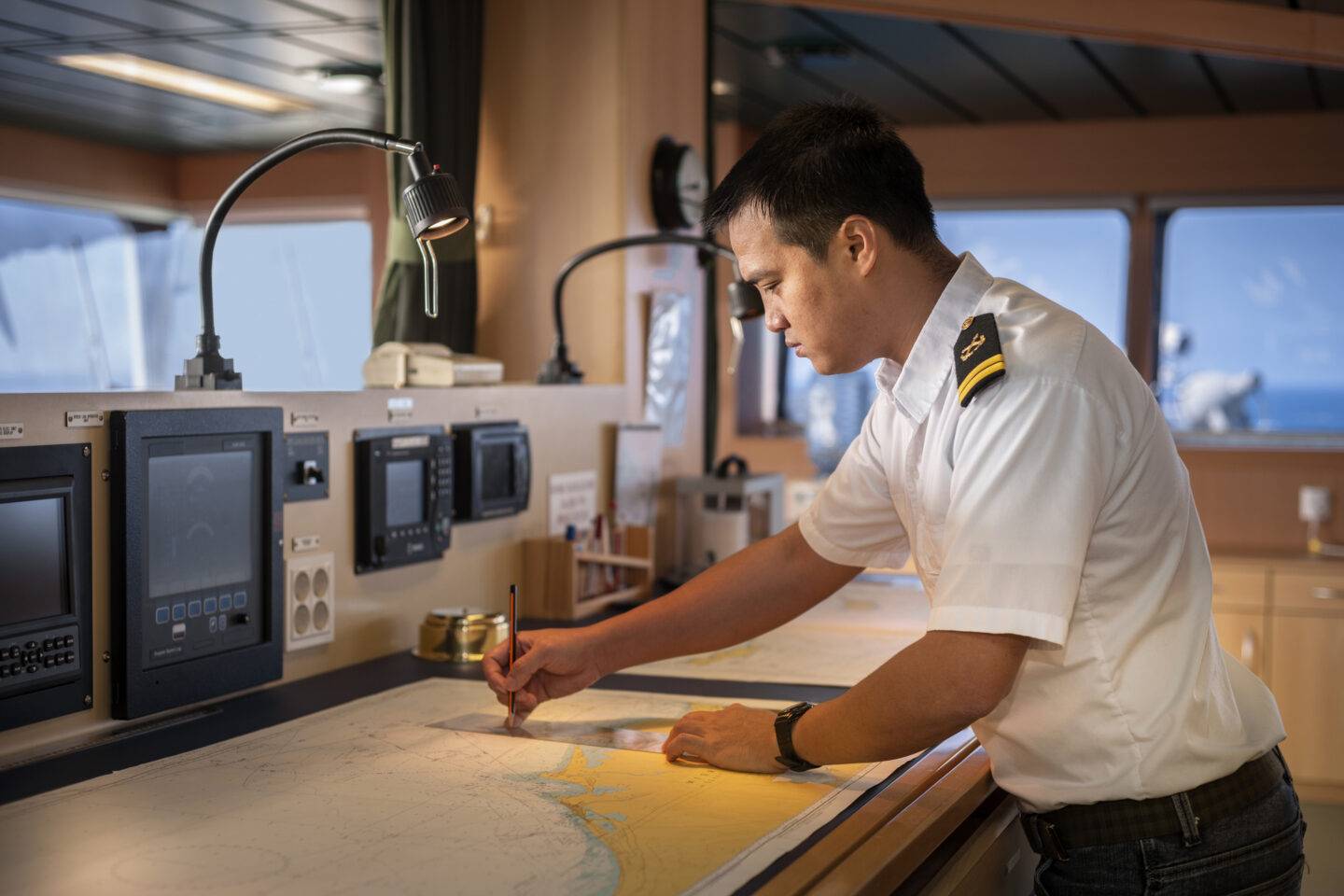Removing the barriers to digital

Evolving digital navigation to fit every operator
Evolving digital navigation to fit every operator “We recognise that each company is unique and independent, and what we’ve built is more flexible and easier to configure.”
Tony Brown, SVP of Product at OneOcean, spells out what’s different and special about the latest release of PassageManager.
For years, ship operators have been stuck in a frustrating middle ground: caught between embracing digital navigation tools and the reality of still relying on Excel spreadsheets for critical voyage planning. The latest release is changing that.
This isn’t a new product. It’s the evolution of a set of solutions that have been assembled over years by OneOcean to provide a comprehensive digital navigation portfolio. But the latest update represents a real turning point in how digital can support shipping operations. It tackles a critical blocker that’s held back full adoption: configurability.
The spreadsheet problem
Most operators have built internal systems around Excel and many continue to use them. Why? Because it’s flexible. Passage plans, underkeel clearance calculations, waypoints – they can all be customised to the operator’s exact needs.
The problem? It’s manual, slow, inefficient, and error-prone. And when it comes to regulatory compliance and insurance liability, that risk is unacceptable.
Tony Brown puts it simply: “Our customers weren’t fully using the voyage planning capabilities we’d built because they couldn’t configure them to match their internal policies.”
Why the latest release is gamechanger
The new version of OneOcean Passage Planning is fully configurable. That means customers can now replicate the policies they’ve already built into spreadsheets – but within a digital environment that’s faster, more secure, and far more powerful.
Take underkeel clearance. The SIRE 2.0 inspection regime (live since September 2024) added specific requirements here. Operators need to show differentiated calculations for deep sea, coastal, and anchorage conditions – and most companies have multiple policies governing these. In the latest release, these can now be pre-loaded using the shoreside solution, edited, and applied automatically to passage plans on board.
“What we’ve designed is more flexible and easier to configure than previous versions,” says Tony. “We built this based on regular feedback from customers, where there was a consistent theme for configurability. Some could not fully adopt the product and so inefficiencies remained.”
From manual to seamless: a new workflow In many cases, captains still email spreadsheets to shore. Using OneOcean, the approved digital passage plan is transmitted automatically through the shoreside solution, providing real-time visibility of the route and vessel.
It means onshore teams can collaborate much more closely with those on board, and both teams are looking at the same data. For those now adopting this technology, it’s a major shift.
Waypoint tables – those detailed instructions about every leg, speed, and underkeel and overhead clearance – are now fully configurable per company. That’s not just convenient; it’s legally essential. If a company can’t prove a safe and compliant passage plan, they risk insurance claims being voided.
The latest release is designed to help operators meet these standards with confidence and speed. The result? Fewer errors, less duplication, and more time spent on high-value work.
Built by mariners, for mariners
The OneOcean development team is spread across Canada, the UK, Italy, and Poland. But what unites them is a deep understanding of maritime operations. This isn’t a team of coders sitting in an office removed from reality. They’ve been embedded in maritime for years.
“Our team believes in what they’re building because they see how it makes life better for people at sea,” says Tony.
And they are now building the operating system for the entire voyage. Tony explains the aim is to deliver a seamless experience that spans ocean navigation, compliance at sea, crewing, learning, and more.
“The corporate vision is to build a single platform, reducing the footprint on board, providing a better experience.”
No more excuses for mid-tier operators
There’s always been a split at either end of the market between those leading the charge on digital maturity and others who see it in cost terms, only investing when forced. But the latest release could be the tipping point for the middle tier.
“We’ve removed a barrier to going fully digital,” says Tony. “It’s now easier to get started, configure what you need, and evolve over time.”
The development was based on strong customer feedback about the potential benefits. One tanker operator running 30–40 voyages per vessel told the team that saving 3–5 hours per voyage across a fleet adds up fast. That’s more than just efficiency – it’s a hard business case.